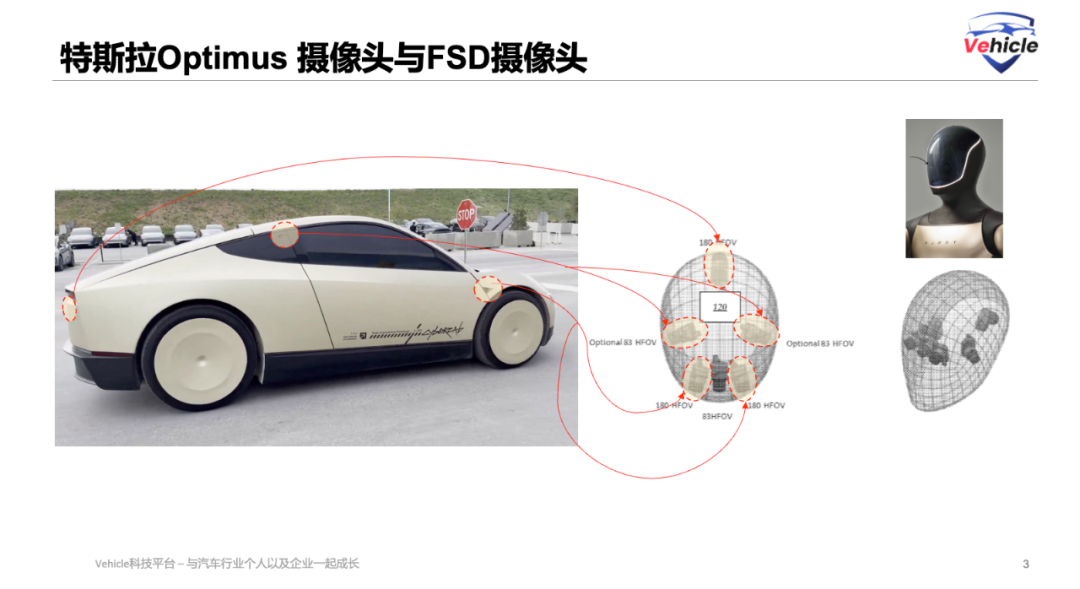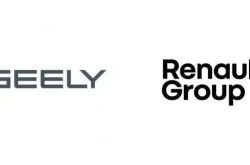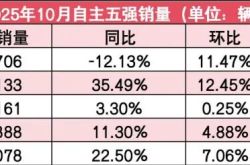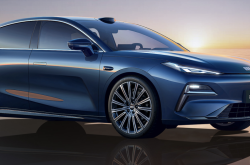How Many Cameras Comprise the Eyes of Tesla's Humanoid Robot, Optimus?
![]() 11/05 2025
11/05 2025
![]() 393
393
Automakers that develop autonomous driving systems in-house are well-positioned to create humanoid robots, as the fundamental logic behind both is quite similar. Firstly, both rely on algorithms that involve understanding the spatial physical world and then generating corresponding control actions. Consequently, the AI chips, training facilities, and methodologies employed are analogous. Secondly, both utilize batteries and motors for energy storage and actuation. Thirdly, the sensors used in both cases are similar, including cameras and LiDAR, among others.
So, let's begin by examining the simplest sensors currently in use. How many cameras constitute the eyes of Tesla's humanoid robot, Optimus? And what is the relationship between these cameras and those used in Tesla's Full Self-Driving (FSD) system?
In June 2023, Tesla's official Twitter account, @teslaAI, posted a tweet titled "Tesla is Building the Foundation Models for Autonomous Robots," showcasing Optimus' Occ video, which was based on three front-facing cameras. 
In April 2024, Tesla publicly disclosed a patent with the number WO2024072984A1. This patent reveals that Tesla's robot, Optimus, utilizes six cameras, all positioned on its head. Specifically, there are three cameras facing forward, two on the sides, and one directly at the back. 
By combining the information from these two sources, it can be inferred that Tesla is likely arranging the cameras according to the patent, utilizing a total of six cameras. In October 2024, Tesla's Optimus official account released a video stating that Tesla's Cybercab and Optimus share batteries, camera sensors, and autonomous driving controllers. 
The video indicates that Tesla has placed five cameras—front-facing, side-facing, and rear-facing—on Optimus. This means there are a total of five cameras: two in the front, two on the sides, and one directly at the back. 
In November 2025, a photo of Silicon Valley Tesla distributing popcorn during Halloween reveals that there is no camera directly in the front center. 
So, is it possible that Tesla's latest Optimus, the near-production-ready Optimus 3.0, employs the same five-camera configuration as the Cybercab—front-facing, side-facing, and rear-facing? In other words, a total of five cameras: two in the front, two on the sides, and one directly at the back.
In fact, such a camera configuration appears to be quite logical. The two cameras positioned at 30 degrees and 120 degrees directly in front of Tesla's vehicles are primarily designed for long-distance visibility. However, since humanoid robots typically move at relatively slower speeds compared to cars, there is no necessity for these two cameras on humanoid robots. The side-facing cameras are sufficient to ensure 360-degree visual coverage for the robot.
The mass production of Tesla's robot, Optimus, is anticipated to be another groundbreaking development. Its cost and performance are likely to be unparalleled, as Tesla is already at the forefront in developing the foundational models of Physical AI, whether through automotive applications or experimentation, and has the advantage of cost amortization through shared components.
Stay tuned to Vehicle for our continued sharing of the interconnected aspects of Physical AI applications, such as autonomous vehicles and humanoid robots—including algorithm software facilities, chips, and other pertinent information. >>>>





